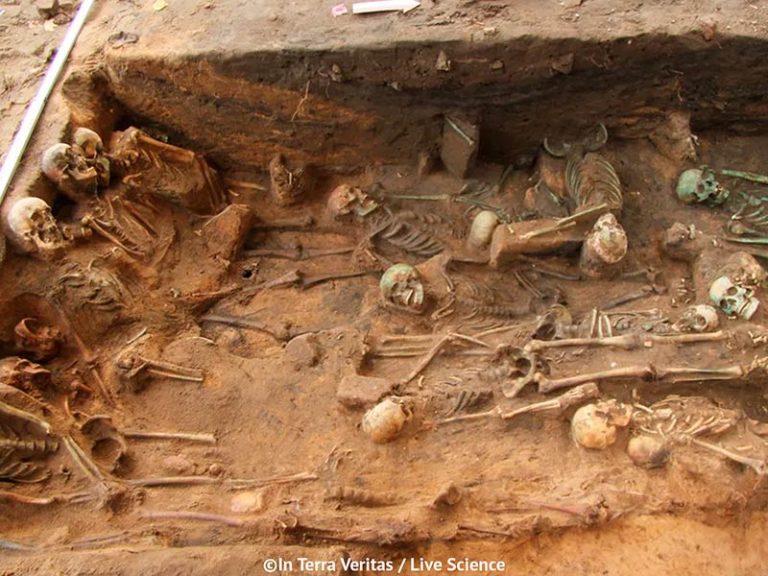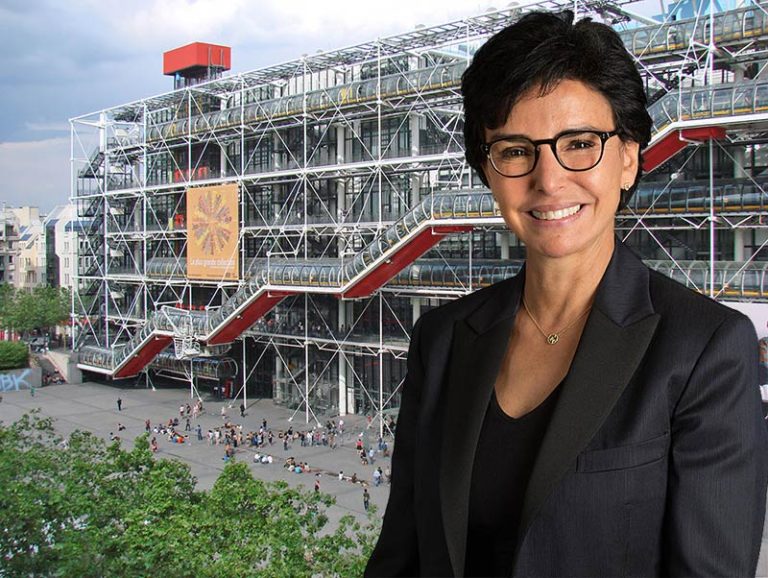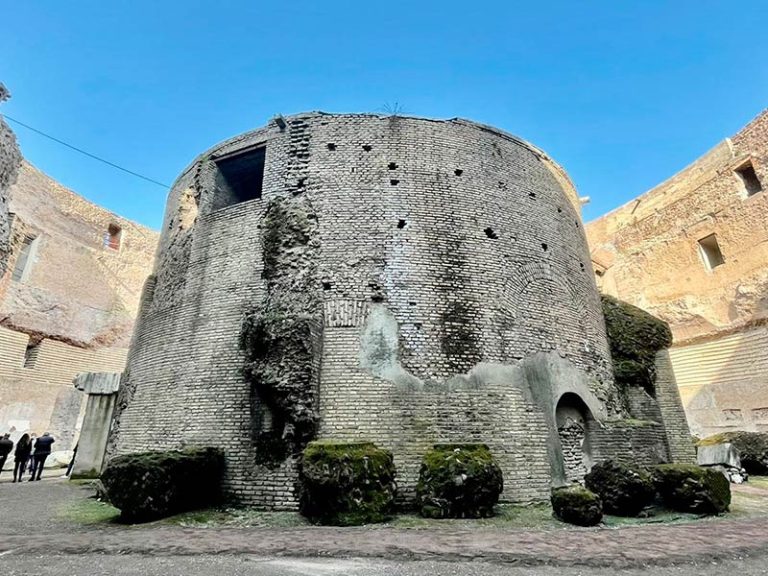Abu Dhabi, United Arab Emirates. Manuel Rabaté, director of the Louvre Abu Dhabi, has placed “roots” at the heart of his project. From the acquisition policy to temporary exhibitions through cultural mediation, the integration of the museum into the regional ecosystem is a priority, following the wishes of the Emiratis.
The concepts of “root museum” and “mirror museum” come from the work of Alexandre Kazerouni and his work entitled The Mirror of the Sheikhs. Museum and politics in the principalities of the Persian Gulf (2017, read JdA No. 479). The researcher opposes a first generation of museums created from local heritage (root museum) to a second, without roots, resulting from the political will of the ruling families to consolidate their power on the international scene (mirror museum), as the Louvre Abu Dhabi.
First universal museum in the Arab world
The museum depends on the Ministry of Culture of Abu Dhabi, this Emiratization is reflected in the development of its permanent collection: its own collections now represent 60% of the pieces on display, compared to 50% during the inauguration of the museum in 2017. The remaining 40% come mainly from French museums via the France Muséums agency, a partnership “so important that it will remain structuring”, according to Rabaté. The framework agreement with France was recently extended from 2037 to 2047. Loans from French museums enable the exhibition of masterpieces such as the Saint Jean Baptist by Leonardo da Vinci, due to lack of Salvador Mundia work attributed to the master’s workshop, once expected, but which ultimately will not be included in the museum.
In addition to roots, Manuel Rabaté defends the model of the universal museum. He sees it as “a meeting point between the Louvre and Abu Dhabi” of which “universalism reinvented in its territory” is based on “universal anthropological bases”. Inaugurated in February 2023, the Abrahamic Family House, an interfaith complex bringing together a mosque, a church, a synagogue and an educational center, adds an ecumenical counterpart to this universalism.
Attract local audiences
The exhibition program is adapted to audiences in the United Arab Emirates, like “Bollywood Superstars: A Short Story of Indian Cinema” (January 24-June 4, 2023), curated by the Museum of Indian Cinema. Quai Branly for the Louvre Abu Dhabi. It is a deliberate choice knowing that the South Asian community (India, Pakistan, Bangladesh, Nepal and Sri Lanka) accounts for more than half of the country’s population. Emiratis represent only 12% of residents. Other initiatives have been developed towards the Filipino community with the loan of a pre-Hispanic funerary mask in gold from the Ayala Museum (Manila). According to Rabaté, this loan has boosted attendance by Filipino residents.
Added to this is particular attention to young audiences in order to build long-term loyalty among younger generations. The current exhibition “Picturing the Cosmos” as part of the Children’s Museums (at Louvre Abu Dhabi) is a perfect example. This was also accompanied by an event operation last August: a conference live from space with Sultan Al Neyadi, the first Emirati astronaut on a mission to the international space station.
Although the issue of antiquities trafficking could not be addressed due to the ongoing procedure, Guilhem André, recently promoted to interim director for scientific management, conservation and collections management, insists on strict compliance with the Geneva Convention of 1970 and “the most demanding standards in force in the greatest museums in the world”.
Parity is not a priority
Recent acquisitions indicate a refocusing on more current periods. In this regard, male-female balance does not appear to be a priority, despite the presence of a portrait by Élisabeth Vigée Le Brun, an installation by Saudi artist Maha Malluh and a video by Emirati Nujoom Al -Ghanem. Temporary exhibitions do not help to bridge this imbalance, such as the invitation from Michelangelo Pistoletto to exhibit his famous mirrors in the main galleries of the museum. Loans from the Center Pompidou, although initiator of “Elles” (the exclusive exhibition of women artists between 2009 and 2011), do not seem to be mobilized in this sense either. On the subject, Rabaté admits the work to be accomplished in line with the missions of a resolutely universal museum, while welcoming the parity obtained by Hoor Al Qaisimi during the last Sharjah Biennial.
Jérôme Farigoule, chief curator, justifies the choice of acquiring “extra-Western graphic works” to counterbalance “the primacy of painting in Europe”. Willingness “not to show the arts through a classic hierarchy, but from a global point of view” is in the same vein according to Guilhem André.
Another project that Manuel Rabaté willingly tackles: the integration of Emirati intangible heritage. He confesses the difficulty of the task for “a museum of objects” like the Louvre, but evokes ongoing reflections, particularly on music.
Complementarity with other museums
By 2025, the Louvre Abu Dhabi will see the opening of three other major museums: the Guggenheim Abu Dhabi, the Zayed National Museum and the Natural History Museum Abu Dhabi. In order not to evoke the same subjects, the articulation with the Guggenheim Abu Dhabi is currently being worked on by the two museums on the modern and contemporary part. The Guggenheim will focus on the most contemporary part, as well as the Middle East region. As for the Zayed National Museum, it will mainly present national artists.







